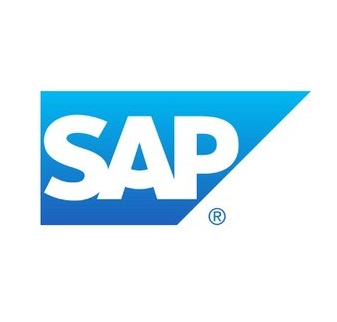Shedding the durable and familiar skin of Hybris, SAP’s front office portfolio re-emerged this summer as the SAP C/4 HANA suite, supporting a re-branded business unit, SAP Customer Experience.
The C/4 HANA nomenclature is clearly intended to echo S/4 HANA, the back office ERP suite which underpins SAP’s success as an enterprise software vendor, and with which C/4 HANA will be fully integrated. It’s been said that the aim of C/4 HANA is to “blow the doors off Salesforce,” and there’s a wide perception that SAP has been frustrated at seeing valued back office customers choosing Salesforce as a front office solution.
To learn more about this major development, I spoke to SAP Customer Experience’s CMO, Kevin Cochrane, part of a re-tooled CX executive team alongside CEO Alex Atzberger:
“C/4 HANA comprises all of our traditional solutions, as well as our newly acquired solutions,” he said, “so we now have a comprehensive suite for the front office across our marketing, sales, and service clouds — and very importantly, our customer data cloud, which enables us to provide organizations with a 360 degree view of the customer that’s driven by customer consent.”
What drove the change?
“The mission was quite simple. We wanted one common platform, one common data set, and one orchestrated user experience.”
How would you differentiate what SAP is doing from its competitors, all of whom have been talking about unified CX suites this year (Adobe’s Customer System of Record, for example, or Pega’s Infinity)?
“The first layer is that we’re not only unifying the front office; more importantly, we’re connecting the front office to the back office. We’re connecting the demand chain to the supply chain, to your business networks. If you look at SAP holistically, we manage the largest enterprise data set in the world. The proponderance of the world’s transactions, at some point in time, hit an SAP system. That enables us to have a unified data platform, against which we can apply all of our machine learning and AI.” Better known, of course, as Leonardo. In practice, this means not only personalizing the customer experience at the transaction end, but potentially personalizing an ectntire custom experience, right back through the supply chain to the manufacturing of the product.
“The second point relates to how we’re re-envisioning the platform itself. We’re based on one common architectural model, data model, and cloud platform, across our suite. Just like we industrialized ERP, and standardized everything on the back end, that’s exactly what we’re doing for the front office today. It’s in our DNA, and I think it’s a differentiator, because the level of SAP’s commitment to industrializing front office, customer-driven processes is unparalleled in the industry.”
But there’s more. “The third part is a radical rethink of what it means to actually win in the CRM market, and to help sales and marketing professionals be empowered to do things very differently when they’re engaging their customers.”
The integration part is surely designed to appeal to enterprisesalready running S/4 HANA, which had previously thought they needed to look beyond SAP — to Salesforce, for example — for a comprehensive sales and marketing solution?
“If you look at what’s happening with our S/4 HANA business, we are in deep conversations with just about every company around the globe on digital transformation. They’re all rethinking their supply chain, their procurement practices, their manufacturing floor, and we’re deeply embedded in those conversations. To your point, what’s been missing is the front office. How do you surface the digitization of the back end of the enterprise as an end-to-end customer experience? Previously, we had parts of the solution; but we didn’t have the complete portfolio and unified platform. That was the genesis of pulling together C/4 HANA. We had to complete the stack.”
Cochrane stresses, nevertheless, that nothing precludes existing Salesforce customers (which are, of course, legion) from taking advantage of C/4 HANA. We have a commitment to being an open platform. Customers of Salesforce, who are using it for CRM, can still unlock the power of C/4 HANA in terms of our marketing cloud, our service cloud, and even our sales cloud, completing Salesforce’s CRM system with our next-generation solutions for sales professionals.” These include solutions around commissions, CPQ, and sales performance management — critical tools not historically part of Salesforce’s CRM offering, Cochrane said. “Frankly, Salesforce customers need C/4 HANA to complete their investment.””>A bold proposition, of course, and one which Salesforce might not unhesitatingly accept.








